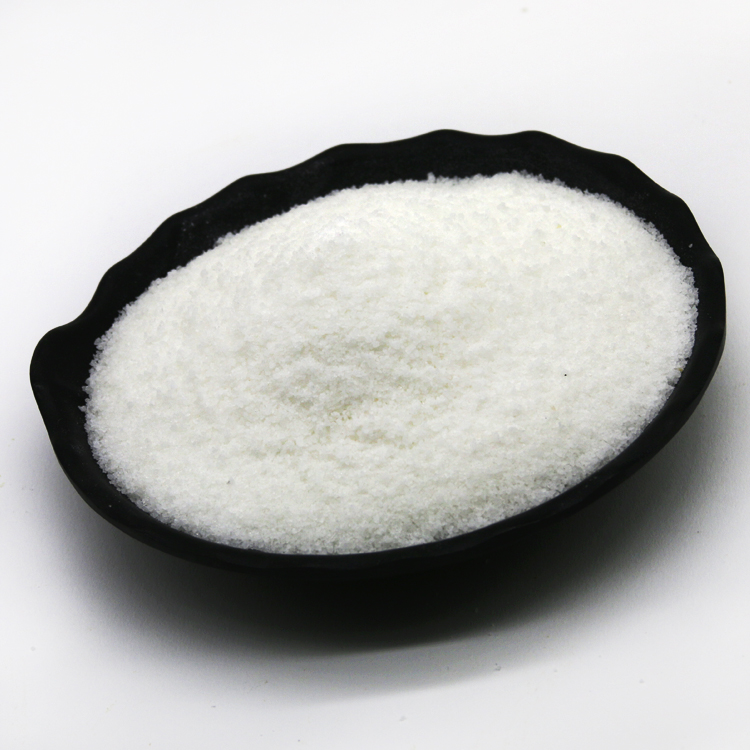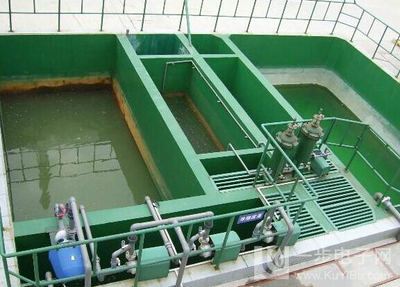With the rapid development of industry, sewage discharge is increasing day by day, and sewage treatment has become an important task at present. Polyacrylamide, as an efficient and low-cost sewage treatment agent, is widely used in the field of sewage treatment. However, people can't help but ask, will there be any toxic residue after polyacrylamide treats sewage?
First, we need to understand the chemical properties of polyacrylamide. Polyacrylamide is a high molecular organic compound with strong adsorption and flocculation capabilities, which can effectively remove suspended solids, organic matter and heavy metal ions in sewage. In the sewage treatment process, polyacrylamide separates pollutants from sewage through adsorption and flocculation to form sediments, thereby achieving the purpose of purifying water quality.
However, we need to conduct an in-depth analysis of the toxicity of polyacrylamide after treating sewage. According to relevant research, polyacrylamide itself is not a toxic substance, but in some cases, its decomposition products may cause certain harm to the human body and the environment. For example, polyacrylamide may decompose and produce some harmful substances such as formaldehyde and acrylamide under high temperature and acid-base environment. In addition, if certain toxic and harmful additives are used in the synthesis process of polyacrylamide, it may also cause harm to the environment and human body.
In order to ensure the safety of polyacrylamide after sewage treatment, we need to take some measures. First, when using polyacrylamide for sewage treatment, the amount and conditions of use should be strictly controlled to avoid the generation of harmful substances due to excessive or improper use. Secondly, polyacrylamide products with reliable quality and advanced synthesis technology should be selected, and products containing toxic and harmful additives should be avoided. Finally, for sewage treated with polyacrylamide, it should be fully disinfected and purified to ensure that the discharged water quality meets the relevant national standards.



